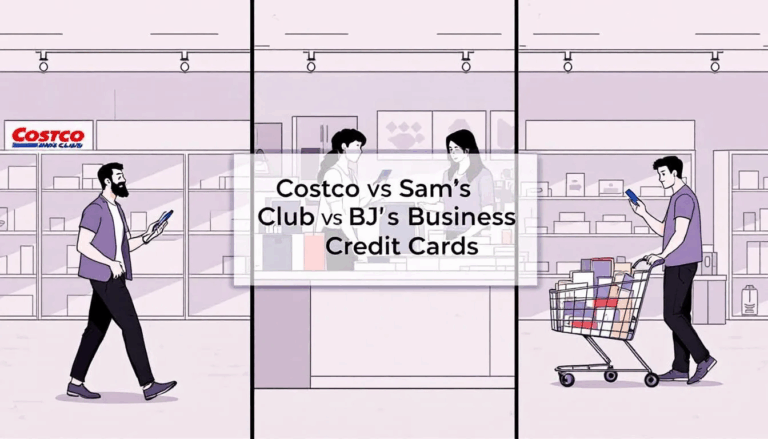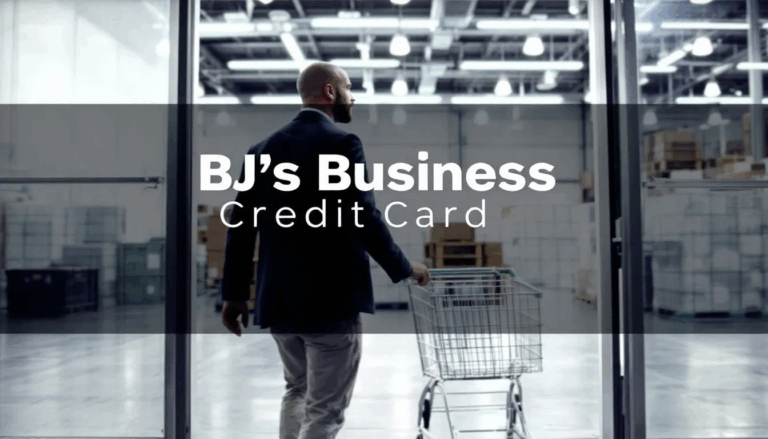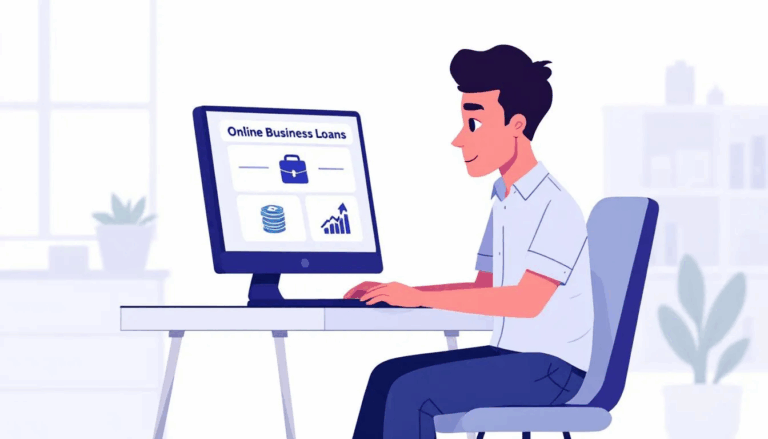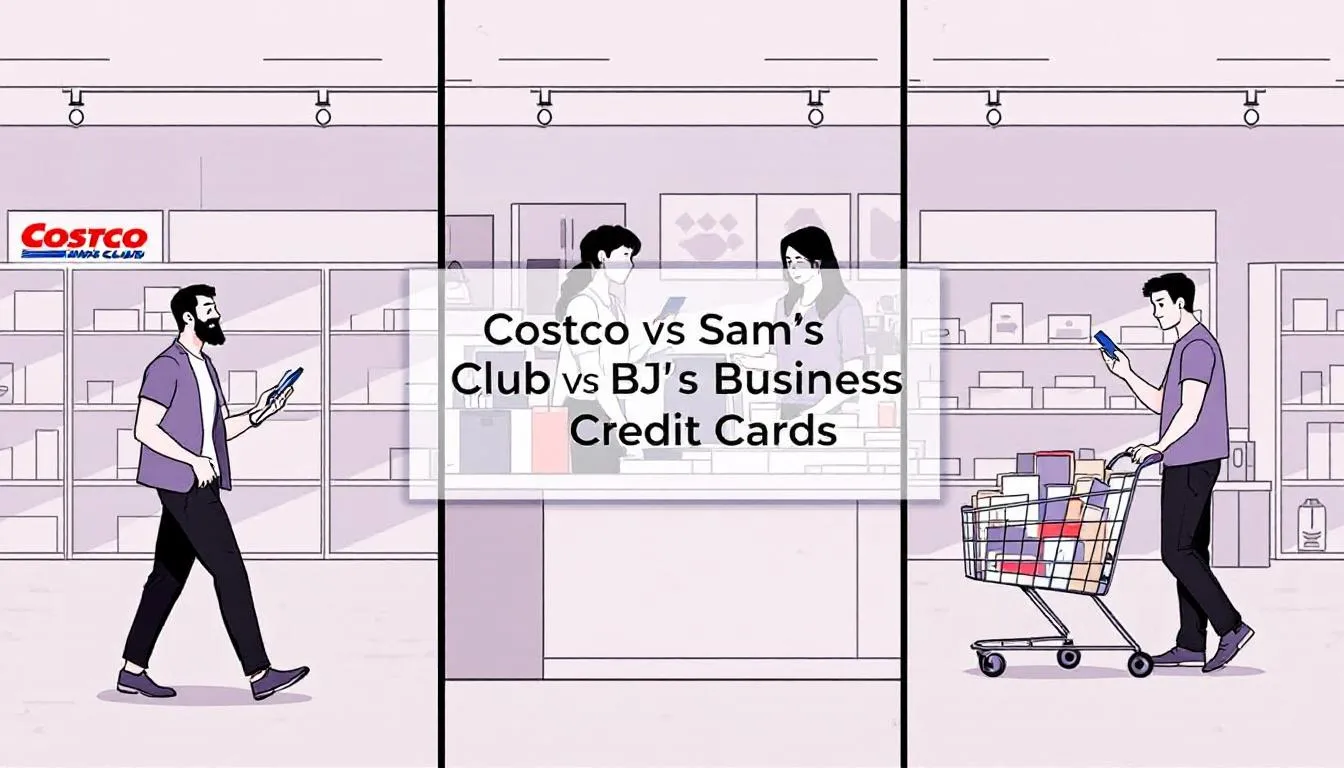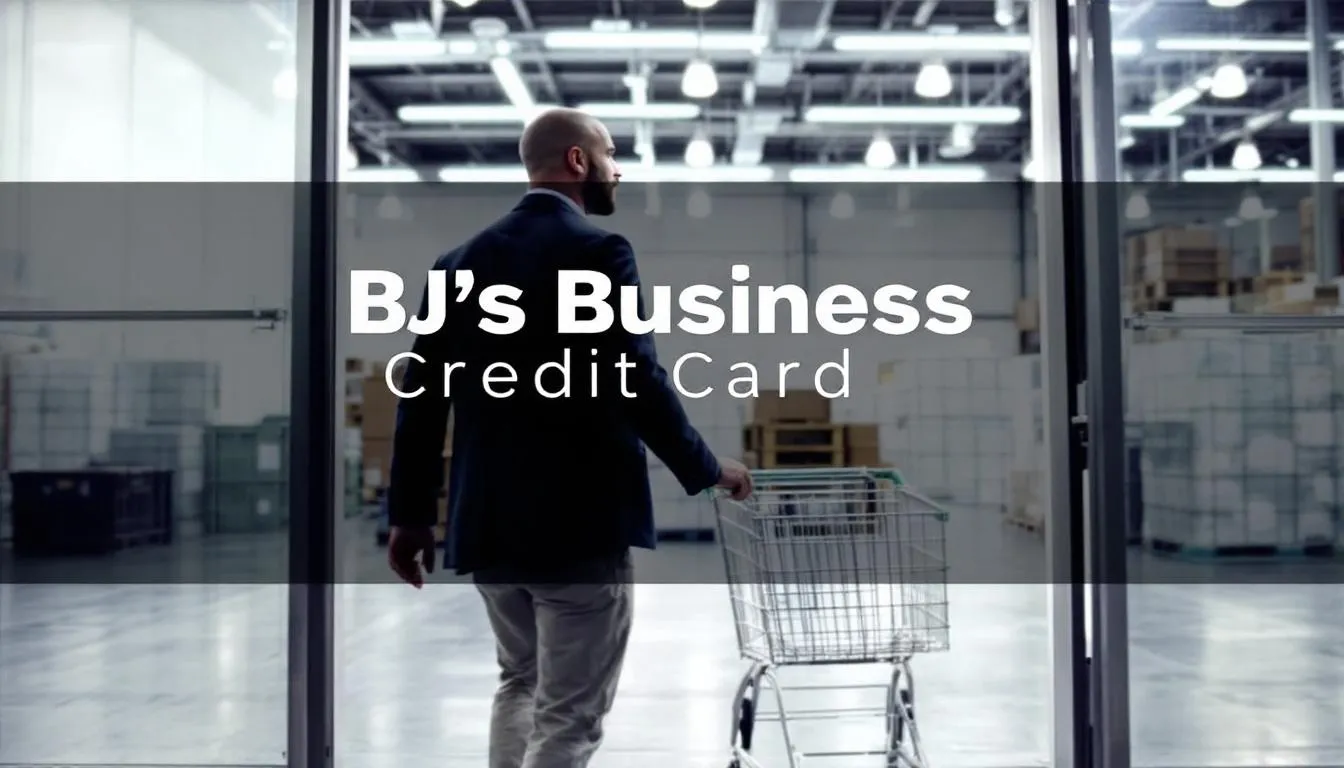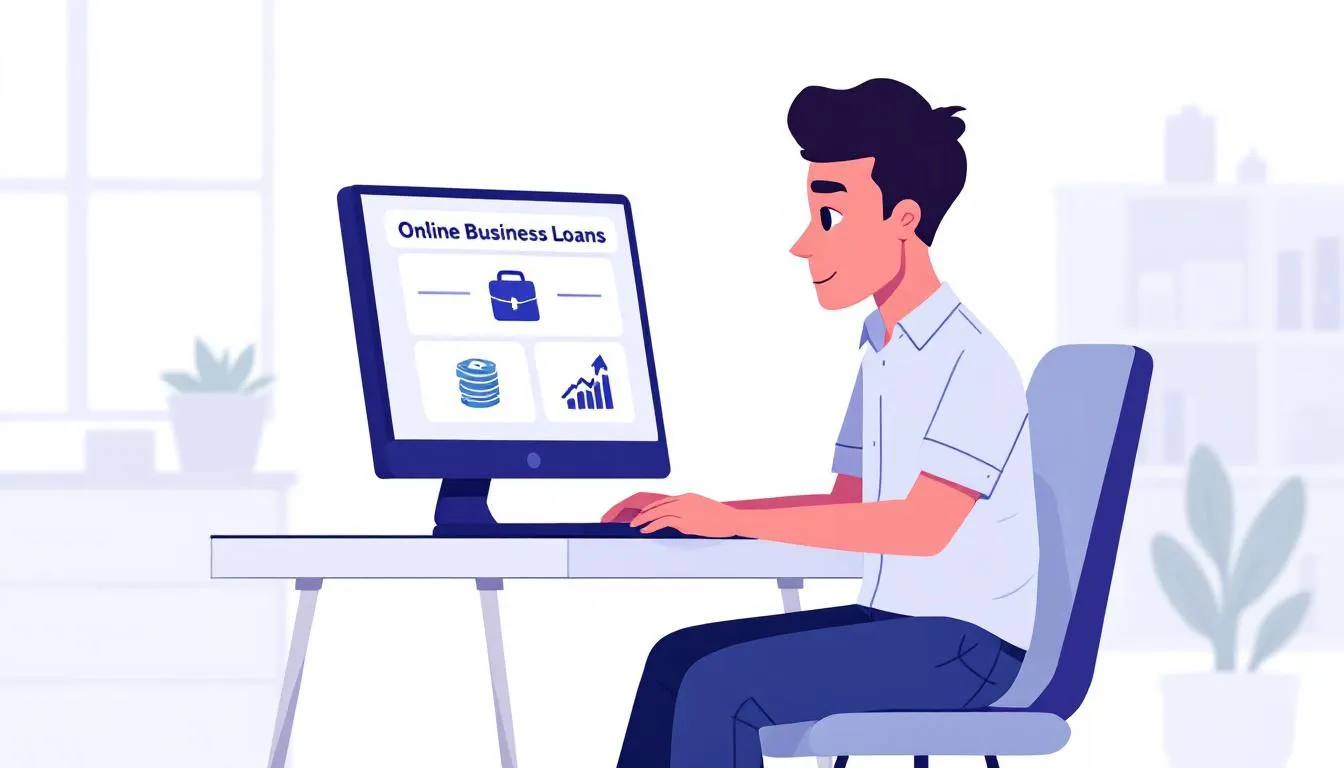What is a Business Line of Credit?
A business line of credit is a flexible funding option that allows you to draw funds from a set credit limit. It operates similarly to a credit card in that funds can be accessed as needed and reused once repaid, making it a form of revolving credit.
Business lines of credit through our lender network have the following features:
- Max Funding Amount: $1k – $1 million.
- Factor Rates: Starting at 1%/mo
- Terms: Up to 36 months
- Funding Speed: 1 – 3 days
Unlike term loans, which provide a lump sum of capital with fixed monthly payments, a revolving line of credit allows more dynamic access to cash. Businesses typically only pay interest on the funds they draw from a business line of credit, rather than the full amount approved.
Types of Business Lines of Credit
Business lines of credit come in various forms, catering to different business needs and requirements. Understanding these types can help you choose the best option for your company:
- Secured Business Lines of Credit: Secured lines of credit require business assets as collateral, which can lower interest rates but also carry additional risks. Because the lender has a form of security, secured lines of credit typically offer lower interest rates and more favorable terms. This option can be beneficial if you have valuable assets and want to take advantage of competitive rates.
- Unsecured Business Lines of Credit: These do not require collateral, making them more challenging to qualify for. Unsecured lines of credit typically have higher interest rates and stricter repayment terms. However, they are a good option if you don’t have significant assets to offer as collateral but still need flexible funding.
- Revolving Business Lines of Credit: These allow businesses to borrow and repay funds as needed, with the credit limit replenishing as repayments are made. Revolving credit is ideal for covering ongoing expenses and provides a continuous source of funds if repayments are managed effectively.
- Non-Revolving Business Lines of Credit: These provide a one-time loan amount, which the business must repay before accessing additional funds. This option is suitable for specific, one-time expenses where you don’t anticipate needing to borrow again soon.
Can I Get a Business Line of Credit with Bad Credit?
Yes, it’s possible to qualify for a bad credit business line of credit, primarily through alternative lenders like United Capital Source’s partner network. While traditional business loans from banks may have stringent requirements, online and non-bank lenders are often more flexible in their lending criteria.
Through UCS, businesses may qualify even with a low credit score, provided they meet minimum criteria related to monthly revenue, cash flow, and time in business. In some cases, businesses can receive approval and funding on the same day.
What Factors Do Lenders Evaluate for a Business Line of Credit?
While bad credit doesn’t automatically disqualify you, lenders still assess risk across several key areas when reviewing your business line application. Applying for a line of credit can be easier if you already have a business checking account with the lender.
Here are the key factors lenders consider when evaluating a business line of credit:
Credit Score
Your personal credit score and business credit score reflect your credit history and how responsibly you’ve handled past debt. Most business lenders perform a credit check during their underwriting process, though many use soft pulls that don’t impact your score.
Annual Revenue
Lenders want to see that your business generates consistent income. Higher annual revenue reduces the perceived risk and may qualify you for larger credit lines or more competitive interest rates.
Time in Business
Businesses with longer operating histories are viewed more favorably. Typically, lenders require a minimum of 6 months to 2 years of business experience. The more established your company, the more likely a lender is to overlook a low personal credit score.
Cash Flow
Strong cash flow demonstrates your ability to make on-time payments, which can be particularly beneficial when you have bad credit. Some lenders will also review your business bank account activity for recent deposits, balances, and spending behavior.
Collateral
Some lenders may require a secured line of credit backed by assets, such as equipment, inventory, or accounts receivable. Providing collateral for a business line of credit can help mitigate a low credit score, as it offers lenders an additional level of security.
Most approved business owners we work with meet these minimum qualifications for bad credit business loans:
- Annual Revenue: $240k+
- Credit score: 475+
- Time in business: 6+ months
Some online lenders, such as OnDeck, make the application process easier for borrowers with bad credit. OnDeck’s application process involves only soft credit checks, which do not affect the applicant’s personal credit score. OnDeck offers unsecured lines of credit that protect business assets from the need for collateral.
How to Apply for a Bad Credit Business Line of Credit:
Here’s how to apply for a small business line of credit with our network of lenders:
Step 1: Determine how much funding you need
Unlike other loans, LOCs are often not pursued with specific investments in mind. After all, you’re supposed to apply before you need the money. For this reason, aspiring borrowers might not know exactly how much funding to request. So, think about how you’ll most likely use the funds and why you are applying in the first place. This will help us understand why you’re requesting this amount.
Step 2: Gather your documents
Depending on your credit history, you might not need all the following documents. However, it’s better to have them on hand just in case:
- Business bank account statements from the past three months.
- Driver’s license.
- Voided check from your business checking account.
Step 3: Complete the application
You can begin the application process by calling us or filling out our one-page online application. Either way, you’ll be asked to enter the information from the previous section along with your desired funding amount.
Step 4: Speak to a representative
Once you apply, a representative will contact you to explain the repayment structure, rates, and terms of your available options. This way, you won’t have to worry about any surprises or hidden fees during repayment.
Step 5: Receive approval
If and when approved, funds should appear in your bank account in 1-2 business days. Once you start drawing funds against your credit limit and paying them off, you’ll begin to build your business credit.
What Are the Benefits of Bad Credit Business Lines of Credit?
A bad credit business line of credit provides several significant advantages for credit-challenged business owners. This type of business financing provides small businesses with the flexibility they need to manage their cash flow, cover operating expenses, and invest in growth opportunities as they arise. Unlike a traditional business loan, borrowers only pay interest on the amount they draw, making it a cost-effective way to access working capital.
Because a business line of credit is a revolving credit account, it can be reused once repaid, providing ongoing financial support without the need to reapply for the credit. These credit lines are highly versatile and can be used for a wide range of business needs, including payroll, marketing campaigns, purchasing seasonal inventory, or handling emergencies.
Many business lenders also offer instant funding or approvals within one business day, helping small business owners access capital quickly. Additionally, making regular on-time payments and using the credit line responsibly can help build business credit, particularly if the lender reports repayment history to commercial credit bureaus.
What Are the Drawbacks of Bad Credit Business Lines of Credit?
Despite these benefits, a bad credit business line of credit also comes with several drawbacks. Borrowers with lower personal credit scores or business credit scores may face higher interest rates and fees compared to those with a good credit score.
Credit limits are often smaller than those associated with term loans or equipment loans, which may limit the impact of the funding. Some lenders may require a personal guarantee, even for an unsecured line of credit, thereby increasing the personal financial risk to the business owner.
Additionally, repayment schedules can vary, and the lack of fixed monthly payments may make budgeting more difficult than with other financing options. Finally, not all lenders report payment history to business credit bureaus, which may hinder efforts to build credit or improve your credit history.
Bad Credit Business Line of Credit Pros & Cons
Pros:
- Flexible funding for various business needs
- Only pay interest on drawn amounts
- Can improve business credit score over time
- Fast approval and funding, often within a business day
- Revolving structure eliminates the need to reapply
Cons:
- Higher costs for bad credit borrowers
- May require collateral or a personal guarantee
- Lower borrowing limits
- Risk of overuse and mismanagement
- Some lenders don’t report payment history
Frequently Asked Questions
Here are the most common questions about business lines of credit for bad credit.
How Do Repayments Work with a Business Line of Credit?
A business line of credit is a revolving credit account that allows for ongoing borrowing and repayment, providing flexibility for businesses to manage their financial needs. As you draw from the available funds, you begin making monthly payments based on your outstanding balance, interest, and any applicable fees.
Terms may vary by lender. Some require weekly or even daily payments, while others offer flexible repayment terms. Interest is typically only charged on the amount drawn, not the full limit.
After repayment, the available credit of a business line of credit is replenished, allowing further borrowing without reapplication. This makes it ideal for short-term, recurring, or unpredictable expenses.
Can I Build or Improve Credit with a Business Line of Credit?

Yes, a bad credit business line of credit can be a valuable tool for building or improving both your business credit score and personal credit, provided it’s managed responsibly. The key is the consistent and strategic use of the credit line to demonstrate financial reliability to business lenders and credit bureaus.
Making on-time payments on your draws is essential, as payment history is one of the most significant factors influencing your credit score. It’s also crucial to maintain a low credit utilization ratio by borrowing only what you need and keeping your outstanding balances well below your approved credit limit. This not only helps with credit building but also demonstrates prudent financial management.
Another important factor is choosing a lender that reports your repayment history to commercial credit bureaus. Not all credit line providers do this, and without reporting, your positive activity won’t help your business credit. For example, Bluevine reports repayment history to business credit bureaus, which can help improve a business’s credit score. If your lender reports each timely payment and responsible use of your credit line, it can gradually improve your credit profile.
As your score improves, you may become eligible for more favorable financing options over time, such as SBA loans, long-term loans, or higher-limit unsecured business lines with more competitive interest rates and flexible repayment terms. Small Business Administration (SBA) loans are often considered the gold standard of small business financing, but require excellent credit.
In short, using a business line of credit wisely not only helps meet your immediate business needs but also sets the foundation for stronger credit approval opportunities in the future.
What Are My Other Bad Credit Business Loan Options?
If you’re unable to qualify for a business line of credit, other bad credit business loans may meet your needs. Consider one of the following small business loans.
Equipment Financing
Equipment financing allows small business owners to purchase or lease essential machinery and equipment using the equipment itself as collateral. Because the asset secures the loan, equipment financing is easier to obtain for borrowers with poor credit and may come with lower interest rates than unsecured options.
Merchant Cash Advance
A merchant cash advance provides a lump sum of capital in exchange for a fixed percentage of your future credit card or debit card sales. Merchant cash advances are ideal for businesses with high daily sales volumes, especially in retail or food service industries, and offer quick access to funding without requiring a high credit score.
Working Capital Loans
Working capital loans offer short-term financing to cover day-to-day operating expenses, including payroll, rent, and inventory. Even with low credit scores, working capital loans can provide essential support for maintaining cash flow during slower periods or business transitions.
Revenue Based Financing
With revenue based financing, repayments are directly tied to your business’s monthly revenue, so payments fluctuate based on how much you earn. Revenue-based funding is often more accessible to borrowers with bad credit, as lenders focus more on consistent income than credit history.
Accounts Receivable Factoring
Accounts receivable factoring lets businesses convert unpaid customer invoices into immediate cash by selling them to a third-party factoring company. Invoice factoring is particularly beneficial for companies that deal with slow-paying clients and need to maintain a smooth cash flow without incurring traditional debt.
Bad Credit Business Lines of Credit – Final Thoughts

While securing funding with a low credit score can be difficult, options like a bad credit business line of credit offer a practical solution. These products provide the flexibility small businesses need to manage cash flow, cover emergencies, and invest in growth—even when traditional business loans are out of reach.
By understanding how credit lines work, what lenders evaluate, and how to improve your financial profile, you can position your business for better financing options in the future. With the right approach, your business credit score can improve, and your funding options will expand alongside it.
Contact us if you have more questions about bad credit business line of credit questions, or to apply for a small business loan. Our alternative financing experts can help match you with the best business financing options tailored to your credit profile and business goals.



